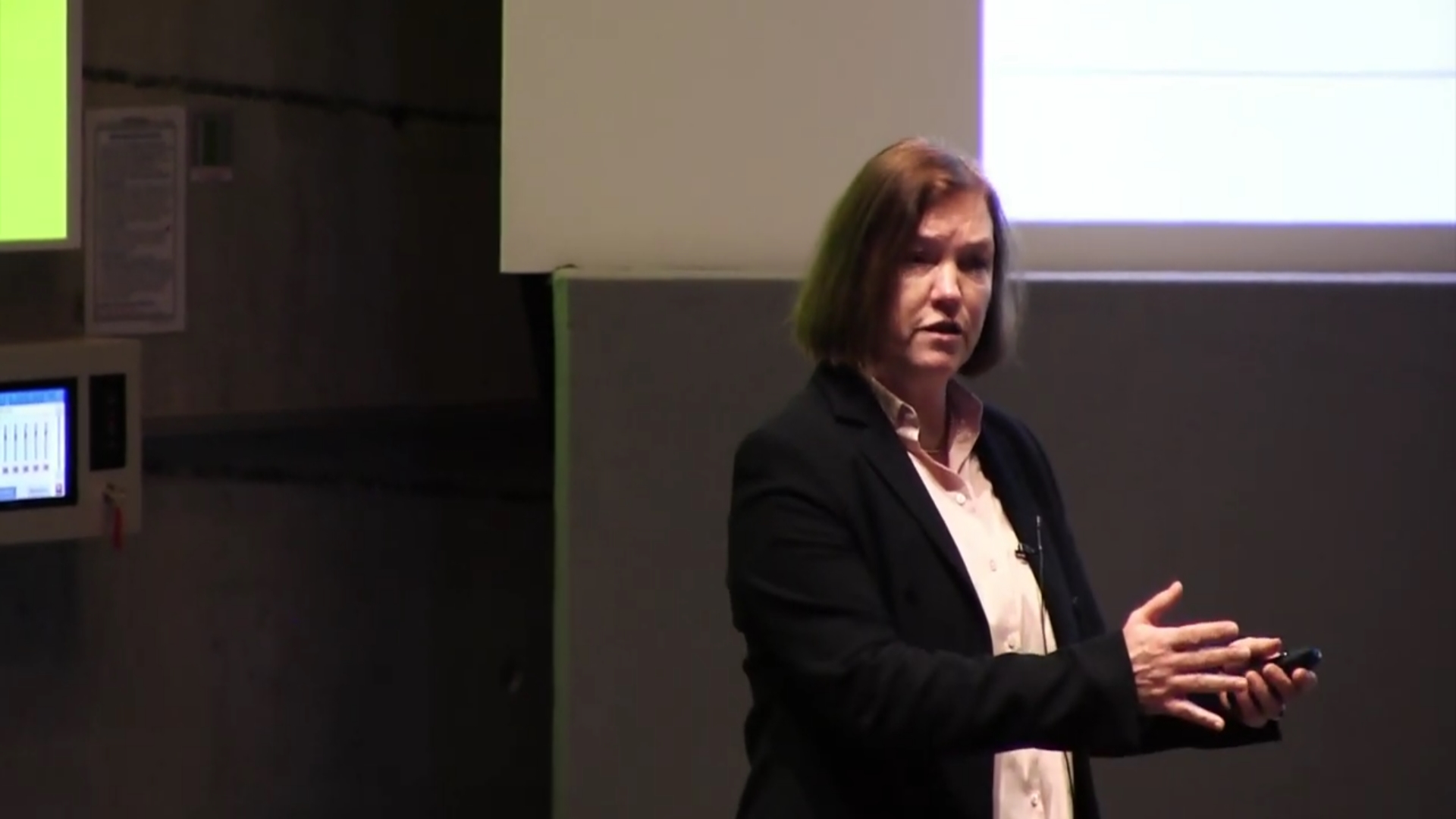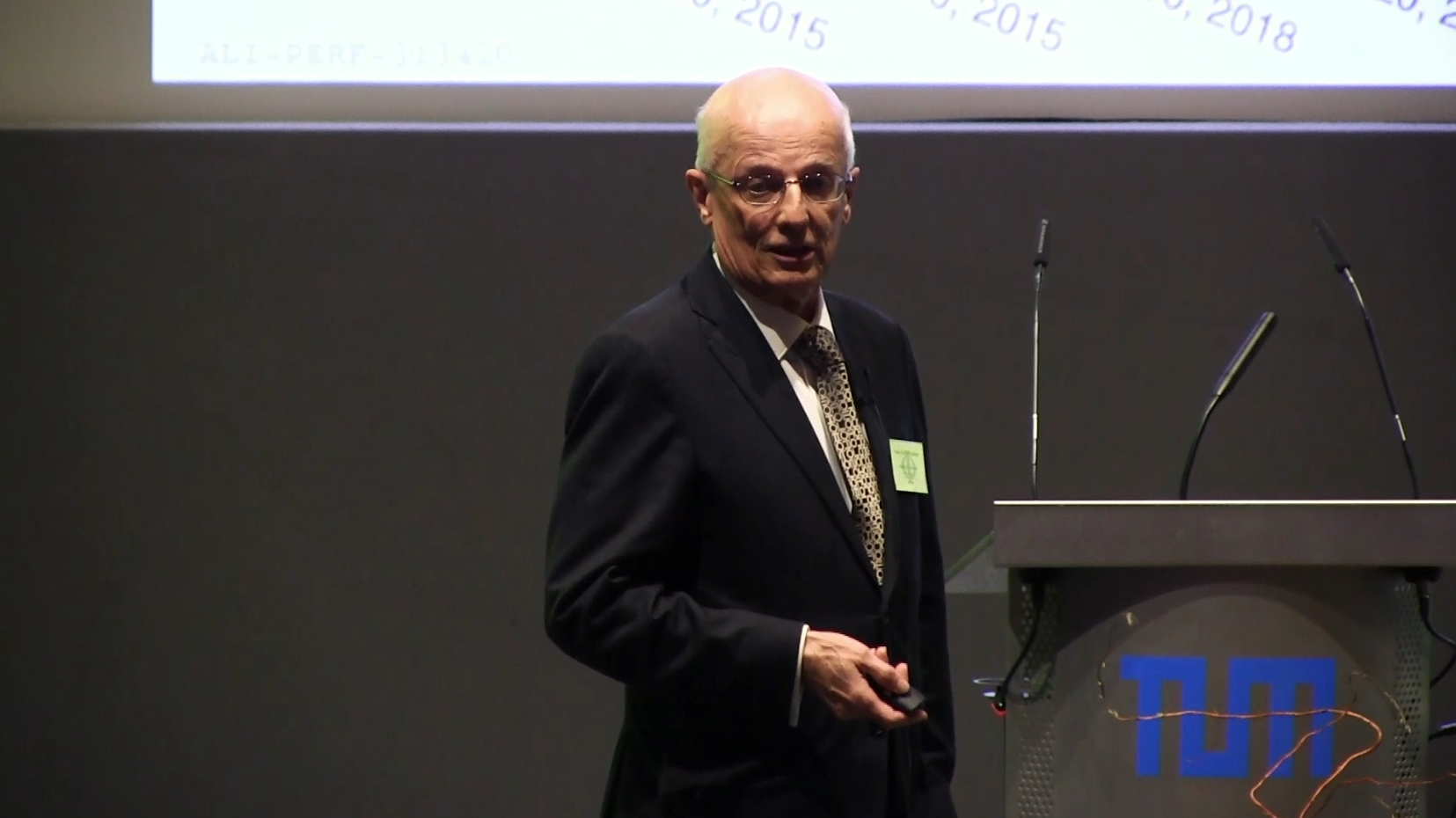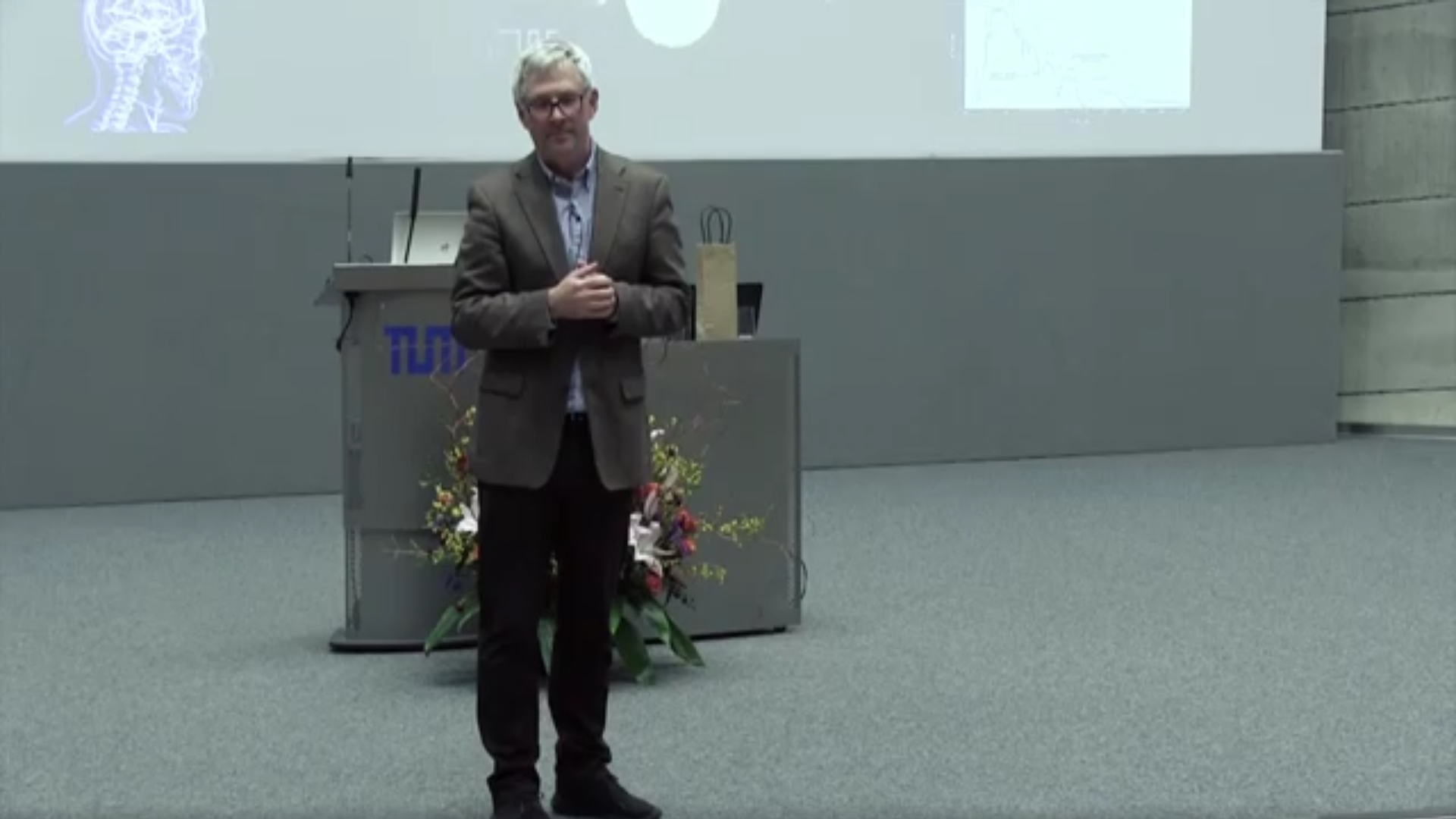DPG-Frühjahrstagung 2019 in München
Alle Informationen zur DPG-Frühjahrstagung an der Technischen Universität München finden Sie auf der Tagungswebseite muenchen19.dpg-tagungen.de.
Charmonia as Probe of Deconfinement - Recent Results and Perspectives
Prof. Dr. Johanna Stachel (Universität Heidelberg)
Charmonia are hadrons composed of a charm quark and its anti-particle. Their production mechanism in relativistic nuclear collisions and its connection to a quark-gluon plasma (QGP) formed there has been a key topic for more than 30 years. In this talk we will demonstrate how recent results from the Large Hadron Collider have shed new light on the topic: the presence of a QGP does not reduce but actually enhance their production at collisers since charm quarks in the fireball are deconfined. This implies that the production rate of charmonia scales quadratically with the number of charm quarks, thereby providing a fingerprint for deconfinement and the position of the QCD phase boundary. The underlying physics is well described in the Statistical Hadronization Model for Charm (SHMC) which was proposed nearly 20 years ago. We will present the current experimental situation and the comparison to the most recent SHMC predictions. The fundamental question whether there exist colorless bound states inside the QGP is related to the experimentally challenging measurements of excited-state populations of charmonia which will be studied with precision with the upgraded ALICE apparatus at the LHC in the coming years.
Decoding the QCD phase structure with relativistic nuclear collisions
Prof. Dr. Peter Braun-Munzinger
In this talk we demonstrate that the phase structure of strongly interacting matter can be decoded via analysis of particle production in high energy nuclear collisions. This is achieved by making use of the observed thermalization pattern of particle abundances within the framework of the statistical hadronization approach at various collision energies. The thermalization holds not only for hadronic constituents composed of light quarks but also for light, loosely bound nuclei. The observed energy dependence of the production yields and fluctuations of different particle species contains characteristic features which are used to determine the temperature and baryo-chemical potential of the matter produced. The above observations imply quark-hadron duality at the QCD phase boundary and establish the first experimental delineation of the location of the phase change in strongly interacting matter. New experimental opportunities for relativistic nuclear collisions are pointed out for the near and longer term future.
Urknall, Sternenstaub und Frage nach der Entstehung des Lebens
Prof. Dr. Andreas Burkert
Wie konnten aus den Anfangsbedingungen des Urknalls nicht nur unser komplex strukturiertes Universum, sondern auch das Leben auf der Erde entstehen? Sind wir allein im Universum? Oder ist die Entstehung von Leben unabdingbar und ein immer wieder stattfindender, natuerlicher Prozess im All? Die Suche nach Antworten auf diese Fragen gehoert zu den groessten intellektuellen Herausforderungen der Menschheit.
Die physikalischen Prozesse im Universums scheinen fein abgestimmt zu sein, um ideale Voraussetzungen fuer Leben zu schaffen. Eine fundamentale und faszinierende Erkenntnis der modernen Astrophysik ist die Tatsache, dass die chemischen Elemente, aus denen die Erde und das Leben aufgebaut sind, in den Zentren massereicher Sterne produziert wurden. Am Ende ihrer Entwicklung explodieren diese Sterne als sogenannte Supernovae und schleudern dabei die Bausteine der Planeten und des Lebens in das umgebende interstellare Gas, wo sich neue Sterne und nun auch Planeten bilden können. Es gibt inzwischen keinen Zweifel mehr: Alles basiert auf Sternenstaub und die Entstehung der Urbausteine des Lebens ist ein all gegenwärtiger Prozess. Dies, verbunden mit der Entdeckung von tausenden von Planetensystemen um andere Sterne, viele davon in sogenannten habitablen Zonen, macht es wahrscheinlich, dass es Leben auch anderswo im Universum gibt.
Aber wie koennen wir Leben im All nachweisen? Und welche kulturellen, ethischen und gesellschaftlichen Konsequenzen haette die Entdeckung von exosolaren Leben fuer unser Weltbild und unsere Vorstellung über die Stellung des Menschen im All? Und wie verändert dies die Beziehung des Menschen zur Erde?
Der Vortrag fasst unsere bisherigen Erkenntnisse zusammen und diskutiert aktuelle Forschungsprojekte auf der Suche nach Antworten auf die vielen offenen und spannenden Fragen.


